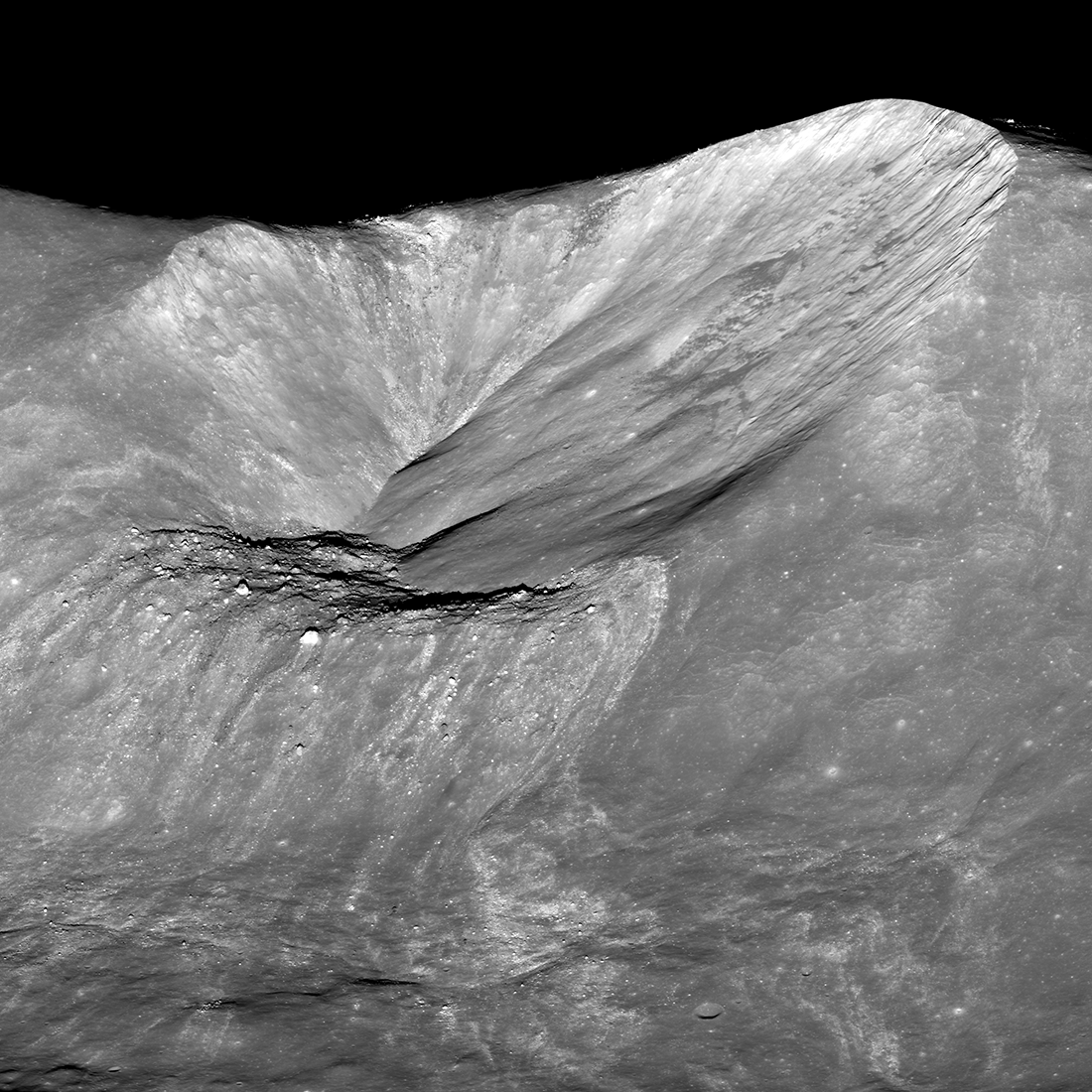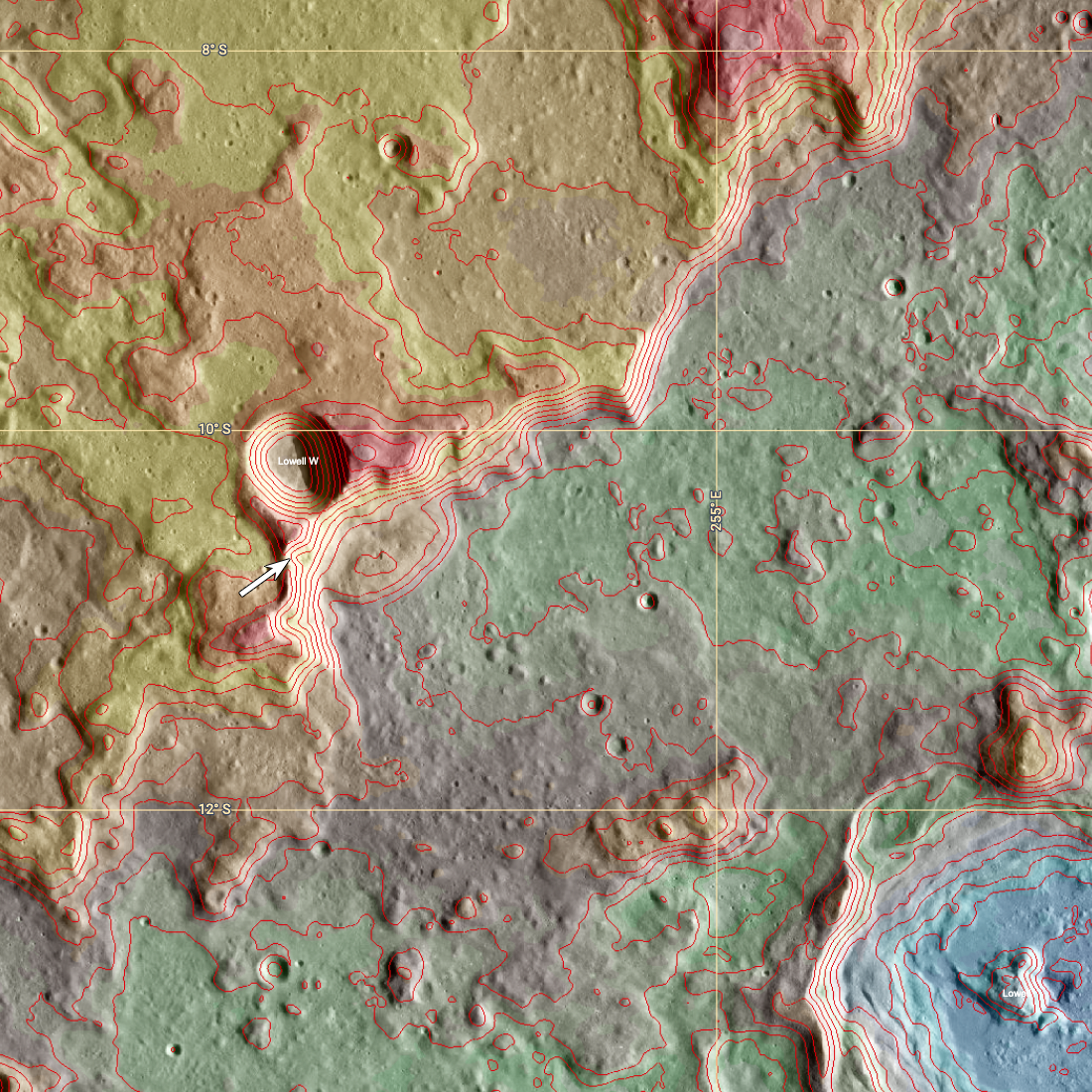The LRO mission image group has published an interesting new image of the lunar surface. This time, the probe photographed the effects of the triple impact.

For 4.5 billion years of its history, the lunar surface has been changing under the influence of three main processes: tectonics, volcanic activity, as well as the fall of asteroids and comets. It was the space bombardment that formed many of the most iconic details of the relief of the moon of our planet.
All the largest lunar impact formations were formed at the dawn of the Solar System, when it was still filled with an enormous number of large “building blocks” left after the formation of the planets. Subsequently, these giant craters were covered with a mass of smaller craters. Those, in turn, eventually became covered with even smaller funnels. The superimposition of shock formations led to the formation of very unusual forms of lunar relief.
As an illustrative example, the following photo of LRO can be mentioned. It demonstrates a bizarre 4,500-meter unnamed crater at the intersection of the shafts of two other impact formations: the 750-kilometer Mare Orientale and the 18-kilometer crater Lowell W.

The first of these three formed the Mare Orientale. According to planetary scientists, its age exceeds 3.7 billion years. The next crater formed was Lowell W. This happened between 1 and 3 billion years ago. The crater photographed by LRO is the youngest, its age does not exceed 100 million years. If you look closely, you can see characteristic traces on the slope of the formation (its height is 1800 meters). They were left by the impact melt that poured out of the funnel.
According to https://www.lroc.asu.edu
Follow us on Twitter to get the most interesting space news in time
https://twitter.com/ust_magazine

